
|
|
|
|
|
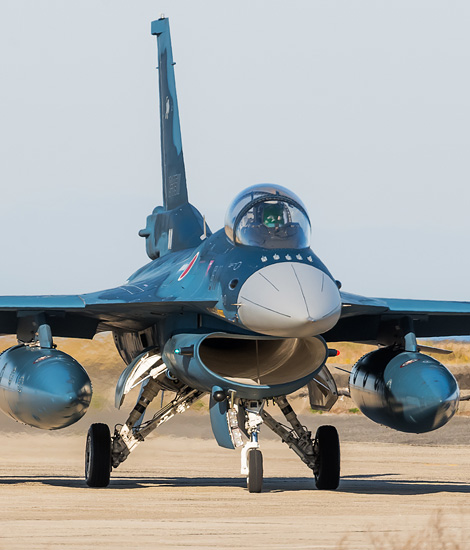
|
The Mitsubishi F-2 in Operational Service; Tsuiki, November 5, 2019
Mitsubishi F-2 Viper Zero, part 2; Text and Photograph's by Alex van Noye
Since the development of the Mitsubishi F-2 began, the Japan Self Air Defense Force (JASDF) has had three operational squadron flying this type. There is also a conversion squadron that ensures the type of conversion in the training process. A number of F-2s are used for testing and by developing the F-2 type in flight.
The Japanese Mitsubishi F-2 fighter aircraft are easy to recognize by their bright blue color scheme. The blue scheme is a remarkable color for a modern fighter plane and has a function. The color is a so-called "offshore camouflage" that is applied to the standard models. The pattern is based on the Japan Air Self Defense Force (JASDF) F-15J/DJs shades of gray and the color pattern of the American F-16 Fighting Falcon. The top of the aircraft contains a camouflage pattern of a light and dark blue tint. The bottom of the F-2 is uniformly clear blue. The offshore camouflage pattern, as is common in Russia, can stand out from the ground. In a country like Japan, however, it can hardly stand out in the dark green valleys of the country, making it an effective color. Because it is very difficult to identify at sea or in the air, it is assumed that this color scheme will have a significant effect during anti-ship attacks. These types of missions are among the primary tasks of the F-2 units at the JASDF. The clear blue scheme is therefore a very rare paint pattern in countries other than Japan, because it is less necessary in those countries. The four prototypes (twice an XF-2A and XF-2B) have a different color coating. The first prototype of the XF-2A is red based on a white background and the second XF-2A is blue and orange based on a white background. The first prototype of the XF-2B is red and blue based on a white background. This aircraft is a spin test machine and therefore has a different color on the left and right. The second XF-2B Has a blue top and a white bottom.
In Japan it is not common to give aircraft a nickname as it is in Europe and the United States. However, the Mitsubishi F-2 has received an unofficial name in the form of "Viper Zero". The term "Viper" in this nickname comes from the American F-16 Fighting Falcon which received the unofficial nickname in the United States in the 90s. The term "Zero" was added based on the fact that the F-2 was first put into production in the year 2000. It is also said in Japan that the designation "Zero" is based on the
|
|
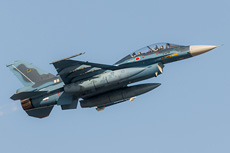
|
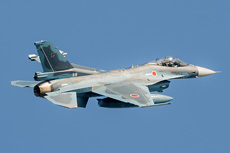
|
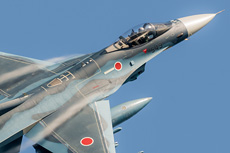
|
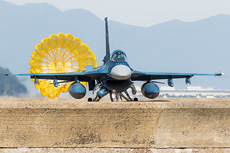
|
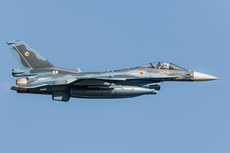
|
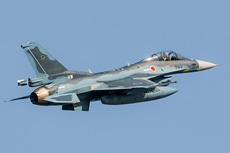
|
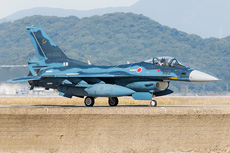
|
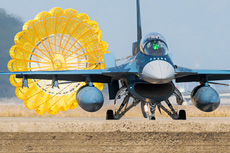
|
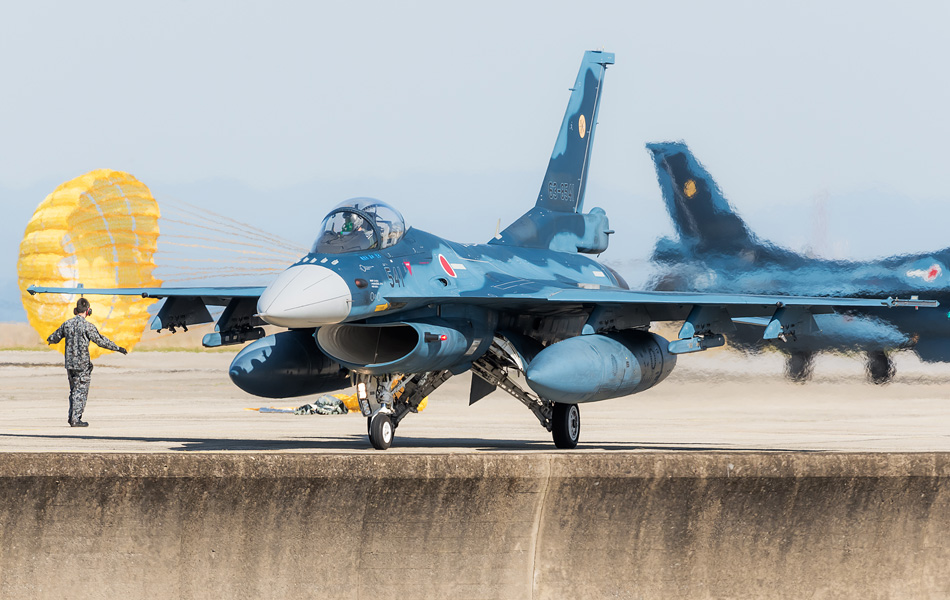
|
"Zero" of Zero Fighter from the period of the Second World War. Nowadays, aviation magazines and the like sometimes refer to the F-2 as the "Heisei Zero Fighter" (Year Zero Fighter). The Mitsubishi F-2 was the replacement of the outdated Mitsubishi F-1 and Mitsubishi T-2 training variant throughout Japan. This aircraft type had flown for years in the ground attack role at the JASDF and was also used by the aggressor unit in Japan for training purposes. The F-1 and T-2 were already in use from the 70s and in the meantime they were completely worn out. The first Mitsubishi F-2s entered operational service from 2001. The first aircraft that had been flying around for years were the XF-2A and XF-2B prototypes. These aircraft still fly today at the Development and Evaluation group (Koku Kaihatsu Jikken Shudan) on Gifu Air Base. With this unit, the continuous improvements of the type is being further developed.
The first operational unit that would receive the F-2 was the 3 Hikotai. On March 31, 1978, the 3 Hikotai was updated from the F-86F to the Mitsubishi F-1 and the unit was transferred to the 3 Air Wing (3 Kokudan). After a period of just 23 years, the 3 Hikotai would start from the end of March 2001 with the conversion to the Mitsubishi F-2. The 3 Hikotai based on Misawa was the first squadron in Japan to operate the F-2 operationally from March 2004. From January 2020, the 3 Hikotai will be moved to Hyakuri Air Base. With the phasing out of the F-4 Phantom, Misawa becomes the first F-35A base in Japan, which means it has to move 3 Hikotai. The current tail marking of the 3 Hikotai is the helmet head of a samurai. The colorful design was adopted when the squadron was still flying F-1 aircraft in 1983. Since the squadron started using the F-2 in maritime camouflage colors, the tail mark design has been made smaller and less colorful. The second unit in Japanese history to fly the Mitsubishi F-2 was a training squadron. This unit would be the 21 Hikotai that is currently based on Matsushima. The squadron that was established in October 1976, flew from the start with the Mitsubishi T-2. In the period from January 12, 1982 to December 22, 1995, the 21 Hikotai also flew the JASDF Aerobatics Team Blue Impulse as part of the squadron. From mid-2002 the unit switched to the Mitsubishi F-2. The 21 Hikotai would mainly fly the two-seater version of the F-2 for the type conversion at the JASDF. The aircraft of the unit can be recognized by the blue triangle on the tail of the F-2B.
The third unit that would make the transition to the Mitsubishi F-2 was 6 Hikotai. This unit would make the switch in August of 2004. The 6 Hikotai was established in 1959 and then flew the F-86 Sabre at Chitose and Matsushima. From March 1980, 6 Hikotai started flying with the Mitsubishi F-1 in the offensive role on Tsuiki. The unit is still based today on this airbase in southern Japan. In March 2006, 6 Hikotai made its last flight with the T-2 at the unit, from this point the squadron was fully operational on the F-2. The aircraft of the 6 Hikotai can be recognized by the crossed swords and the bow and arrow in a yellow circle on the tail of the F-2. The last Japanese unit that would make the conversion to the Mitsubishi F-2 was 8 Hikotai. The squadron was founded in Matsushima in 1960 and then flew the F-86 Sabre. Just like the other squadrons of its kind, the unit started operations on the F-1 at Misawa in 1979. Unlike the other F-1 squadrons, this unit would not immediately switch to the F-2. Because the delivery of the type was delayed, it was decided that the 8 Hikotai as the last unit would first start flying with the F-4EJ Kai for several years. From 1997 onwards the unit flew the F-4EJ Phantom II. From 2008, 8 Hikotai was the last unit in Japan to complete the conversion to the F-2. The 8 Hikotai is currently based on Tsuiki in the south of the country. The Mitsubishi F-2 is currently the most modern offensive weapon of the JASDF until the arrival of the F-35A Lightning II.
|
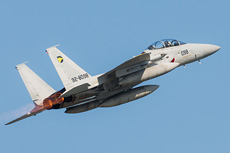
|
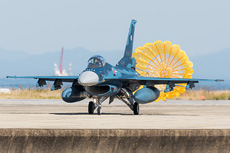
|
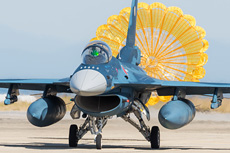
|
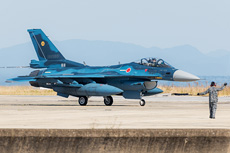
|
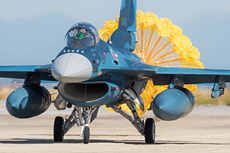
|
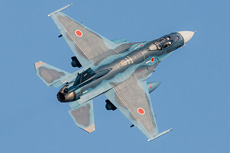
|
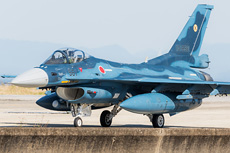
|
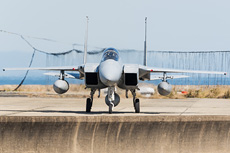
|
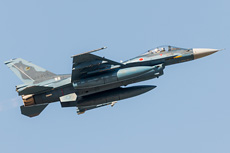
|
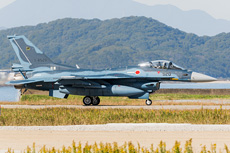
|
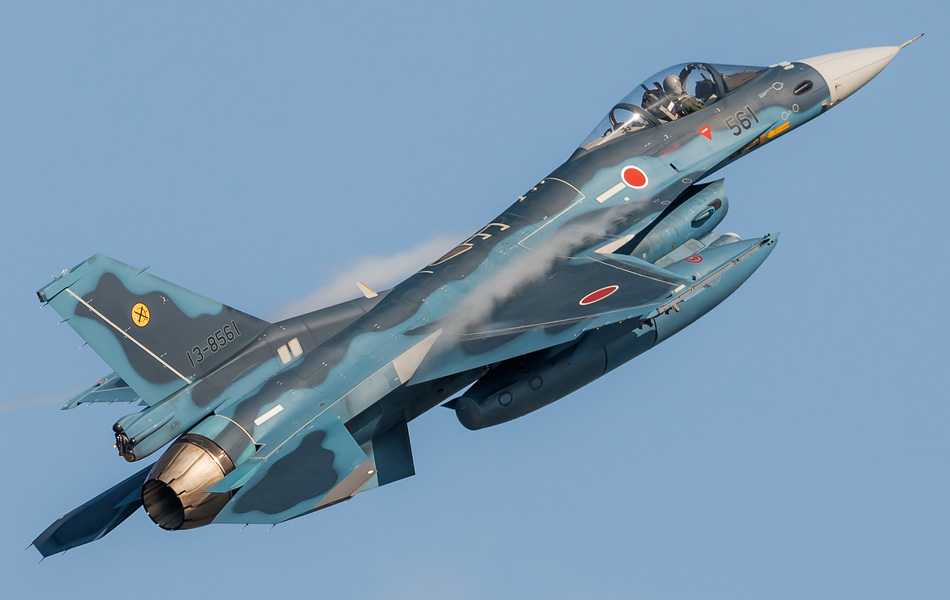
|
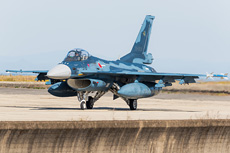
|
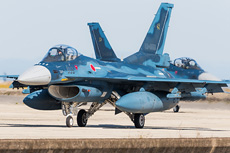
|
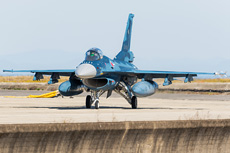
|
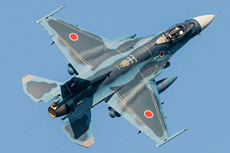
|
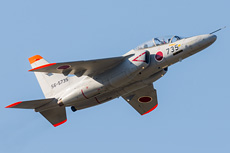
|
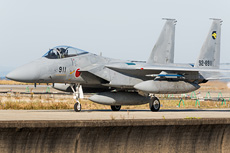
|
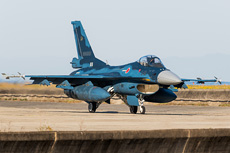
|
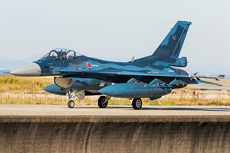
|
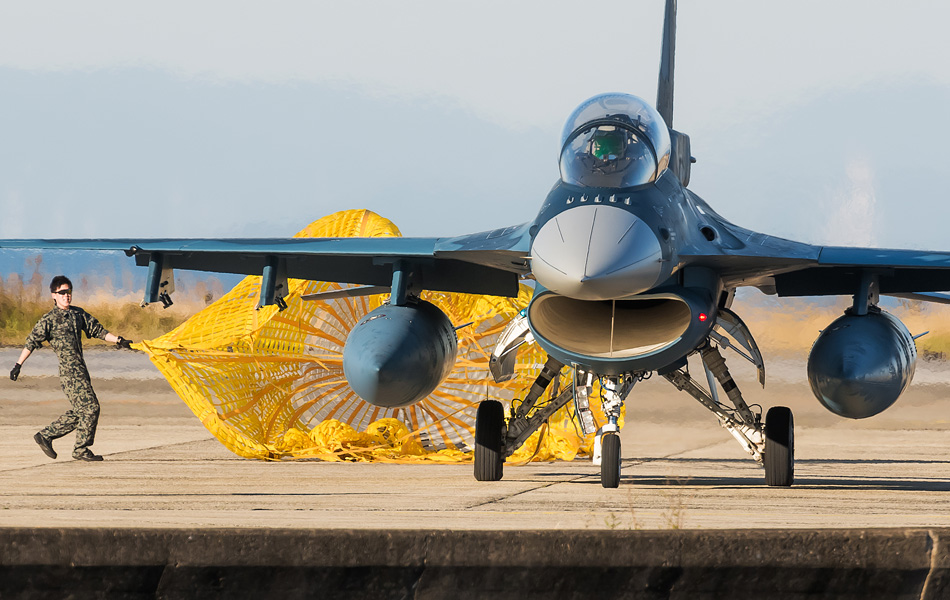
|
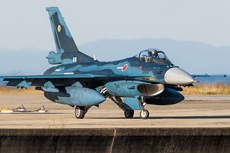
|
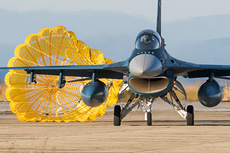
|
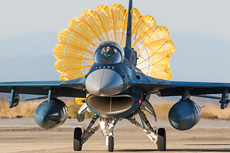
|
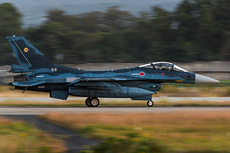
|
|
|

|







